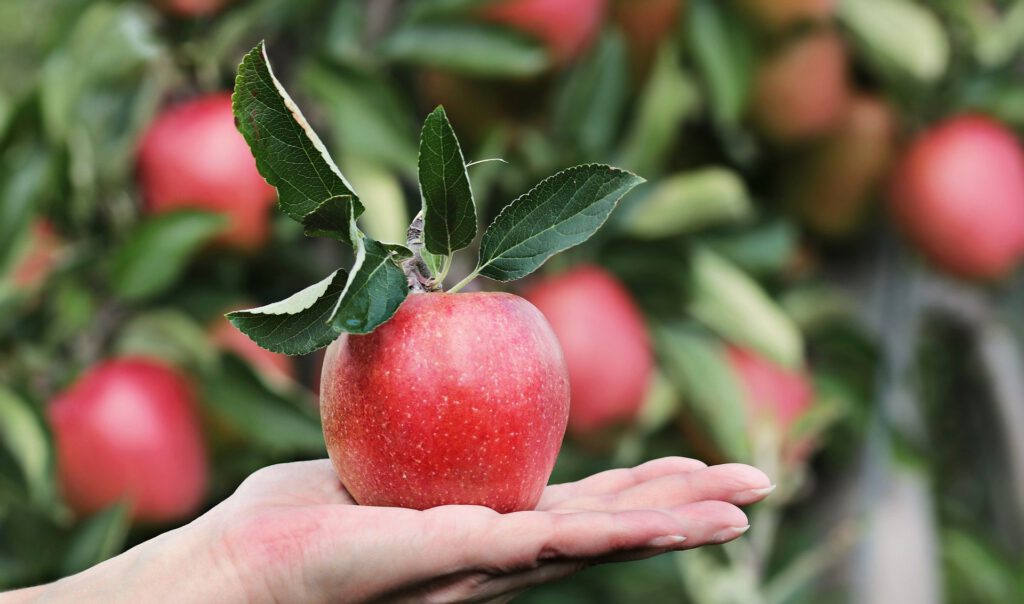
“Inner Change” series continued.
Last week I mentioned the elephant, our subconscious, which we have to bring to the table in any kind of change, so that something moves, so that our elephant moves.
What definitely gets him moving – but in exactly the wrong direction 😉 – are bans.
I still remember a special situation in my childhood. In the living room of my parents’ house there was a cupboard where the sweets were kept. In the beginning, it was always open, always accessible. Until my mother discovered that the sweets disappeared miraculously and quite quickly 😉 To put a stop to all this, the cupboard was locked from that moment on and the key was hidden. And from then on my calling was: Find the key (and don’t let anybody know ;-)). It was amazing how much energy and time I spent to get to the forbidden goodies again! They were even more appealing now!
“There is a charm about the forbidden that makes it incredibly desirable.” -Mark Twain
That’s what Psychology calls the “Forbidden Fruit Effect”. “Forbidden fruits” get a special appeal because they trigger our desires to know the unknown and to test the limits. Also, we don’t like bans because we feel they restrict our freedom.
The effect was already described in the Bible (perhaps you remember the story of the apple?). But it is still highly relevant. A study among young people, for example, found out that the the information about age group adequacy on video games tended to have the opposite effect: the young people found the games that were not approved for their age group particularly interesting.
This effect is also used in marketing, where it comes into play in the Scarcity Principle. The less there is of something on offer or the more exclusive and difficult access to something is made (“only today” / “only for the first 10” / “5 exclusive tickets”…) the more valuable it appears to the consumer/receiver.
And to stay with Mark Twain: maybe you know the fence scene of Tom Sawyer and Huckleberry Finn? Actually, Tom is ordered to paint a fence and therefore can’t go swimming with friends. One of the friends, Ben, comes along and from his initial pity for Tom, he wants to paint the fence himself. Why? Tom tells him that not everyone can do it: “the (fence) has to be painted very carefully – one boy in a hundred, maybe, or even fewer, can do it the way it has to be done.”
In the end, Ben paints and Tom can relax.
Talking about inner change, the Forbidden Fruit Effect comes into play specifically when we want to stop doing/consuming something or at least reduce it. For example, plans like drinking less alcohol, not consuming sugar or giving up fast food.
If we try to achieve this with a ban, our focus will be on exactly the wrong thing – on how we can get it after all. And the likelihood that we will then exaggerate wildly when we get access to the forbidden is very high. Many “cheat days” have developed into binge eating this way. Afterwards, we have a guilty conscience, get angry with ourselves and often go back to our original plans with such a rigour against ourselves that our elephant will definitely not see any reason to move in our direction.
So what do we do when we want to give up or reduce something? The following questions can help you develop a strategy:
- What is the good about the bad? When we give something up, we never just give up the thing itself, but also the feelings associated with it. What has been the benefit of what you want to give up? When and in what situations? For example, when I have to concentrate hard at the PC for a long time, I get a craving for something to nibble. Salty, sweet… It’s about releasing the tension by chewing and supplying the brain with energy.
- Can the good be generated differently? Is there something else, better, healthier… that could give you the same effect? In my case, I always have a few nuts on hand, but when I’m under a lot of tension, I prefer to reach for a carrot or chewing gum.
- Can the forbidden be given a designated place? Refering back to the cheat day: It is often used, for example, when you want to give up fast food. Then the rule is: once a week I’m allowed! Hm. In my opinion, the magic of sustainable change lies in balance. Is there perhaps another way not to banish the “forbidden” – and above all not to use it as a reward for your stamina in eating healthier foods? (It would mean that the rest of the week is “suffering” – not very attractive for your elephant to join in). When I stopped eating meat in 2013, I left myself a loophole. I promised myself that if I did get an insatiable appetite for meat, I would get it in small quantities and from organic farms. But I haven’t had to resort to it at all. The only craving I felt was for a raw ham for supper. For about a week. Then it was gone. What did I do at that moment? I remembered …
- What is the good about the good? Namely, why I didn’t want to eat meat anymore. And then I asked myself if the desire for a slice of ham was actually more important to me than the reasons why I became a vegetarian. Bam. End of craving. Do you really have good reasons for wanting to change? Ones that are important to YOU? Ones that are strong enough to withstand outside temptations and comments? Incidentally, when we succeed in giving up our short-term desire for a long-term goal, it trains a mental muscle that makes us more successful and satisfied in the long run. It is the muscle of frustration tolerance. There are interesting – and funny – studies on this with children. If you’re interested, have a look here.
In short: bans are an incentive for our elephant to become a defiant rebel and to want even more of what we actually wanted to avoid.
So: Kill the Ban!
Have a successful week,
Birgit
